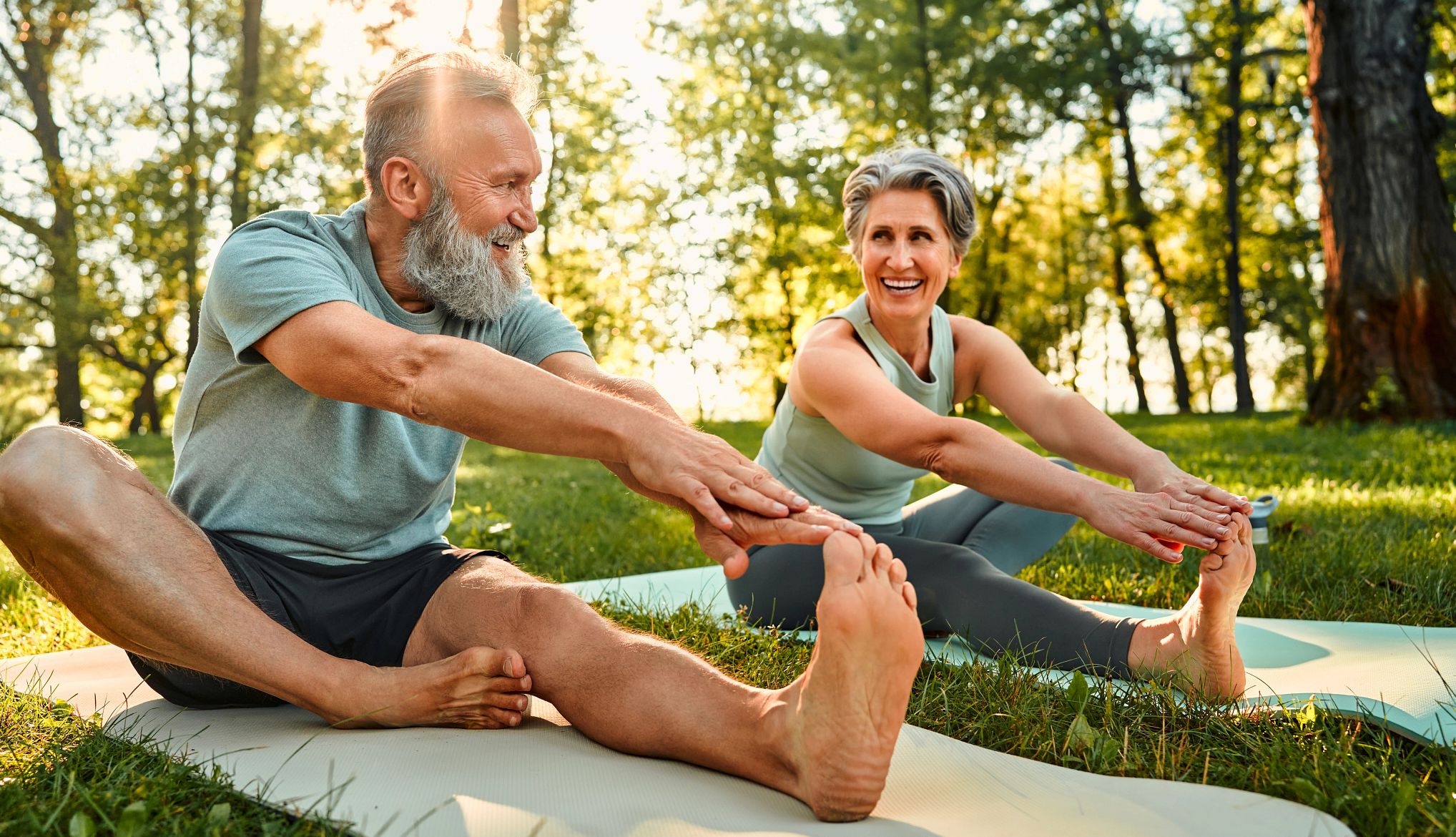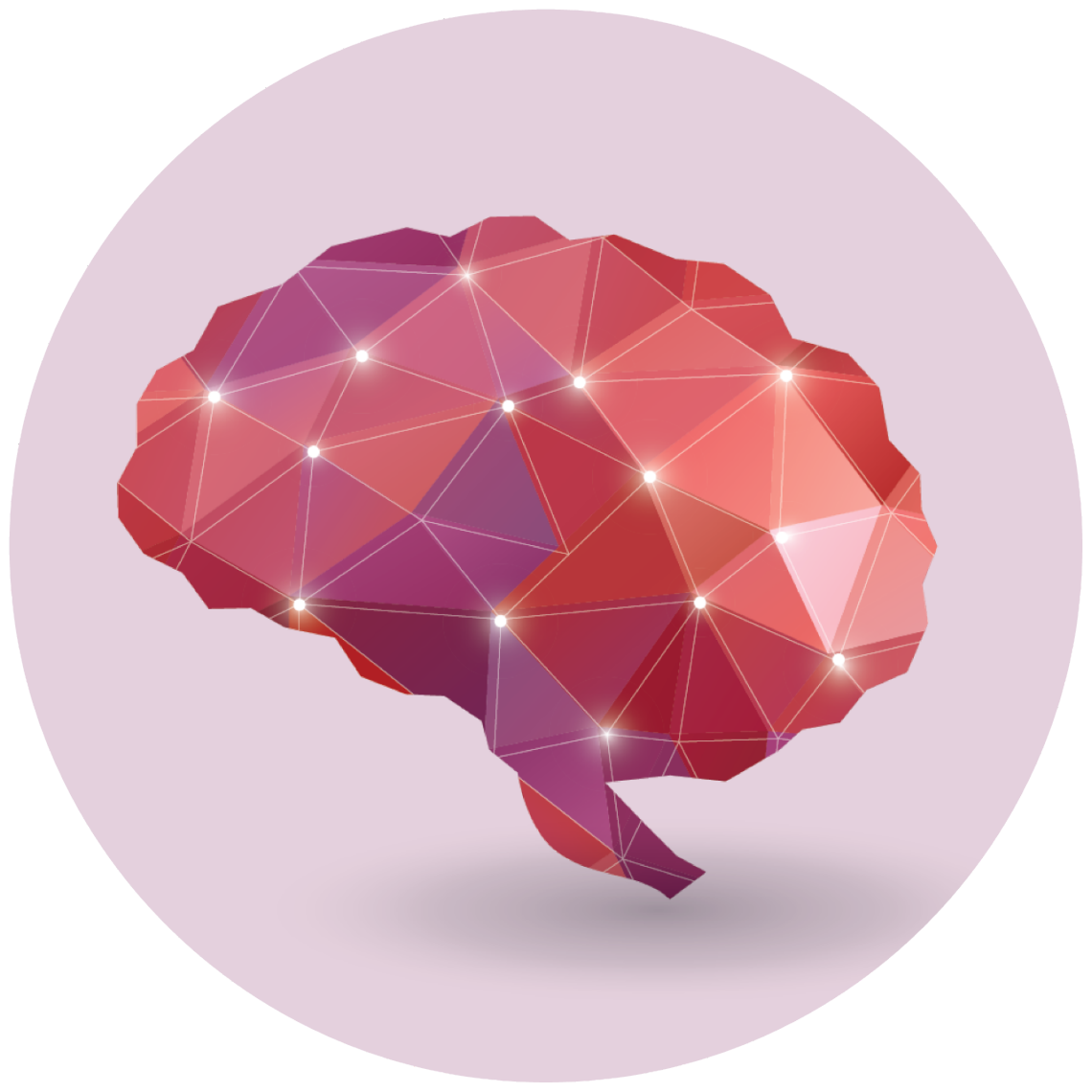AARP Hearing Center


The man was an attorney and a former marine. He had never danced before. When he first walked into Dance for PD, a New York City–based group that provides dance instruction to people with Parkinson’s disease, it was all new to him. Despite his stiffness and gait problems, he took well to the classes, particularly tap dancing.
“One day, he came to class and said, ‘I’m ready to show you the routine I’ve been working on,’ ” remembers David Leventhal, the program’s co-founder. The man went on to perform a four-minute tap routine for the whole group. “I could see the transformation … both the physical improvements and his sense of pride and achievement,” Leventhal says.
Such transformations are common when people with Parkinson’s disease take action to preserve or improve their health and well-being. “If there’s anything that has the potential to reduce the burden of disability and even possibly slow the disease, it’s a high level of self-care,” says neurologist Ritesh Ramdhani, M.D., associate director of the Parkinson’s and Movement Disorders Division at Northwell Health in Great Neck, New York.
Dancing is just one of a dozen forms of self-care, listed below, that help people with Parkinson’s disease boost their quality of life and thrive.
AARP Brain Health Resource Center
Find in-depth journalism and explainers on diseases of the brain — dementia, stroke, Parkinson’s disease, mental-health topics. Learn about healthy habits that support memory and mental skills.
1. Get moving!
Exercise is hands down the best thing you can do to enhance your well-being. Not only does regular activity improve Parkinson’s symptoms like slowness, stiffness and balance problems; it also improves mood, fatigue and sleep, says Sule Tinaz, M.D., an associate professor of neurology at the Yale School of Medicine who specializes in movement disorders. “Pretty much any type of exercise has been shown to considerably alleviate these symptoms,” she says.
2. Vary your workout
Ideally, you should try to mix up your routine, according to the American Physical Therapy Association and the American College of Sports Medicine. Some days should be focused on aerobic activities (walking, swimming, biking), while others should emphasize strength training, like lifting weights or intense gardening, flexibility (yoga, stretching, Pilates) and balance (dance, tai chi, kayaking).
3. Rev up the intensity
If you’re already working out, take it to the next level. Research suggests that high-intensity forms of exercise may have the potential to halt the progression of Parkinson’s. A pilot study at Yale showed that the disease did not worsen in a small group of people who engaged in a high-intensity interval training, or HIIT, regimen three times a week over six months.
And when the researchers, including Tinaz, looked at participants’ brain scans, “we found increased dopamine signaling in specific parts of the brain where dopamine-producing neurons are located,” she says. These are the cells that die off in the brains of people with Parkinson’s.
4. Eat a plant-based diet
Emerging research suggests that the best Parkinson’s diet is a whole foods, Mediterranean-style eating pattern, which may even slow the progression of the disease, says Rachel Dolhun, M.D., medical adviser at the Michael J. Fox Foundation for Parkinson’s Research. Such diets feature lean protein foods like chicken and fish, lots of fruits and vegetables, legumes, whole grains, olive oil, nuts and seeds, and limited quantities of saturated fat and sugar. “Nothing’s completely off-limits,” says Dolhun. “But we want to focus more on the things that are good for us.”
The MIND diet takes a similar approach but includes specific amounts of foods, such as antioxidant-rich berries and green leafy vegetables, to optimize nutrition for people with Parkinson’s. Both the MIND and the Mediterranean diets are rich in fiber, which can aid with constipation, a common Parkinson’s symptom.



































































More From AARP
Parkinson's Dementia: Signs and Stages
A decline in thinking and reasoning skills can occur as Parkinson’s progresses
What Is Vascular Dementia?
Lack of blood flow to the brain can cause trouble with thinking and motor skills
10 Exercises to Help You Live Longer
These types of activities might help you see more birthdays